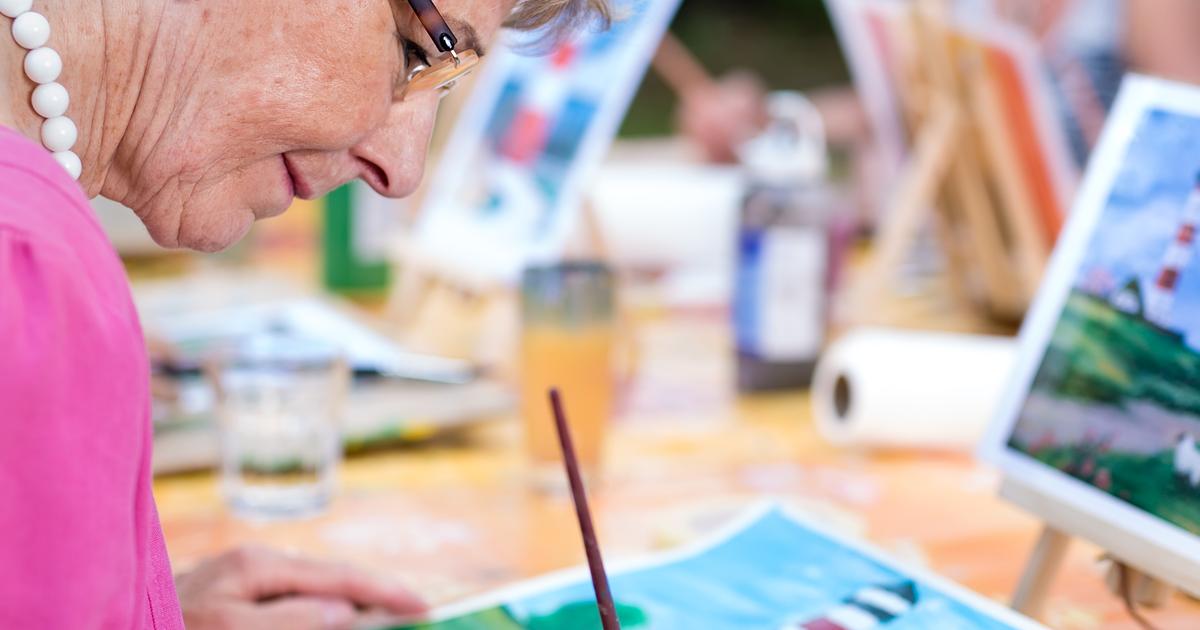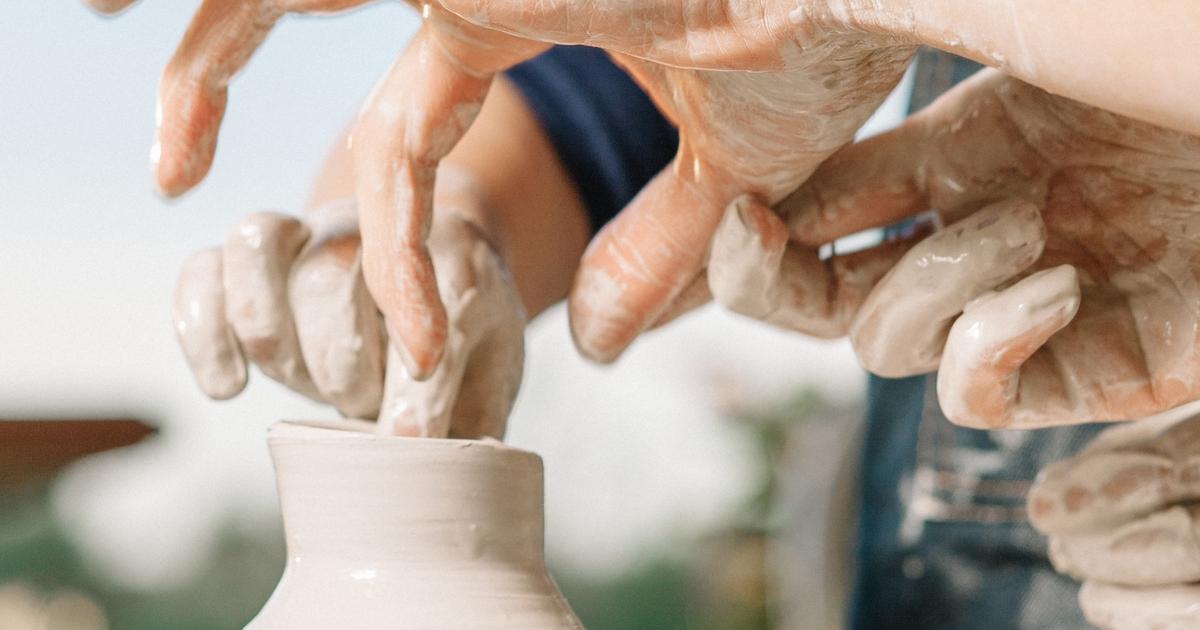What Is Art Therapy?
Art therapy is a form of therapy practiced in the mental health field. During this kind of therapy, patients use art and media to explore feelings, develop social skills, manage behavior, cope with addiction, become more self-aware, reconcile emotional conflict, reduce anxiety, and increase self-esteem. The exact goal will vary depending on the client and their mental health struggles. Generally, art therapists work to help their clients with their sense of well-being and function in day-to-day living.
Art therapy is most often practiced alongside other forms of therapy and mental health management. To become an art therapist, individuals need to have an intimate knowledge of the creative process and varying visual art forms, as well as an understanding of counseling, human development, and psychological practice.
How Art Therapy Works

Some individuals are surprised to hear art therapy has an established place in the mental health field. It's often used alongside psychotherapy, which is a form of talk therapy. One of the reasons art therapy works is because art is a method of self-expression. Patients can use art to express themselves and work through their feelings. In addition, art is something patients can feel proud of themselves for doing. A big contributing factor to depression can often be an individual isn't engaging in hobbies or creative endeavors.
According to the American Art Therapy Association, art therapy is a way of utilizing creation to improve emotional, physical, and mental overall wellness. Many individuals use art therapy to express themselves. During the process, they gain more insight into their minds and feelings. Art therapy also helps individuals develop new or better coping skills. The techniques used in art therapy can encompass any visual art form including sculpting, collage, coloring, painting, and drawing. Patients and their therapists often analyze their creations and how they feel about them as they work.
When Art Therapy Is Used

Art therapy is used in a wide variety of different circumstances. It can treat many mental disorders and help patients process sources of psychological distress. The techniques are often used in conjunction with psychotherapy options like traditional talk therapy, cognitive behavioral therapy, and group therapy. Art therapy can be utilized to serve patients of all ages, and it's often especially helpful for clients who struggle with expressing themselves and communicating verbally. Creative therapies like art therapy and music therapy are often introduced for children who have learning disabilities.
Adults experiencing serious stress can also benefit from using art therapy to process their stress and vent their emotions. Art therapy can be used to help children and adults who have experienced trauma to process and move forward. The techniques are sometimes used for children who suffer from social or behavioral issues either at home or at school. Art therapy has also been successfully used for patients suffering from brain injuries, especially when those brain injuries make self-expression and communication difficult.
Types Of Art Therapy

All art therapy will be slightly different depending on the patient and their needs. Different patients will have different art mediums they gravitate toward, and the types of mediums used will also vary depending on the setting and the art therapist. For example, a classroom setting that uses cut-up magazines for collages might struggle to provide the materials necessary for sculpture. All art therapy is ultimately done to help clients achieve more emotional wellness and better coping mechanisms for the stresses of day-to-day life.
Some of the mediums and techniques used for art therapy include drawing, sculpting, doodling, scribbling, finger painting, painting with paintbrushes, using molding clay, making pottery, carving, using textiles, making cards, and making collages. Art therapy isn't always used just for the treatment of psychological disorders and trauma. Patients with chronic physical illnesses have reported art therapy sessions have helped with day-to-day functioning. The same is true of individuals with cancer and those undergoing hemodialysis.
Psychological Benefits

Studies have indicated there are numerous psychological benefits linked to art therapy. As mentioned, art therapy has been shown to improve the outlook and well-being of patients with chronic physical illnesses. It has also been shown to be an effective treatment for many mental health disorders, particularly when combined with other forms of therapy and medication. Some studies indicate art therapy can even treat certain phobias. It's very effective in helping to treat and manage post-traumatic stress disorder, anxiety, and depression. Some patients might experience some psychological benefits of art therapy without having sessions with a licensed art therapist.
There are therapeutic benefits to expressing oneself artistically, even if they're not psychologically analyzing the resulting work. Some common activities recommended for patients to try at home include clay sculpting, collages, sketching, and art journaling. The important thing is for individuals to create something they feel good about. When individuals work with a professional art therapist, though, they can tailor the direction of the art therapy to suit each patient, which is ideal for those with more in-depth emotional needs.
Where It Falls Short

There are some places where it's possible for art therapy to fall short. It works best when paired with other forms of therapy, but on its own, it's often not enough to make a significant impact. For individuals suffering from psychological conditions, art therapy might also be paired with medication like antidepressants or mood stabilizers. Art therapy cannot address chemical imbalances that cause mood disorders, including having too much or too little dopamine or serotonin.
Art therapy can be used to help individuals better understand their thoughts and feelings, and develop coping mechanisms, process trauma, and work through inner emotional conflicts. However, art therapy doesn't often offer help with behavioral issues or the need for more in-depth lifestyle changes. For these things to be addressed, patients usually need to combine art therapy with cognitive behavioral therapy, which helps patients recognize their irrational emotions and behaviors, and then work to change these things.
